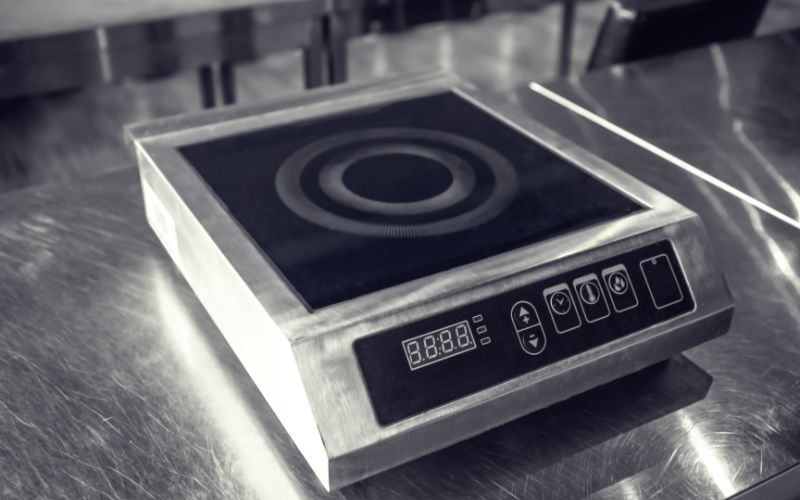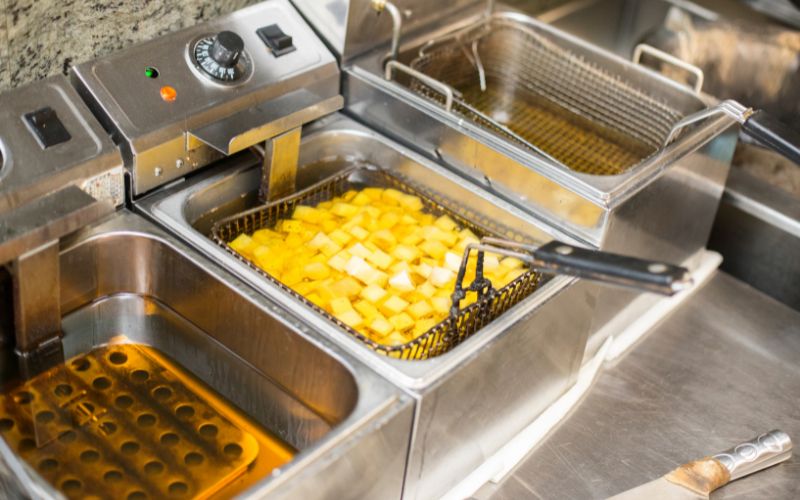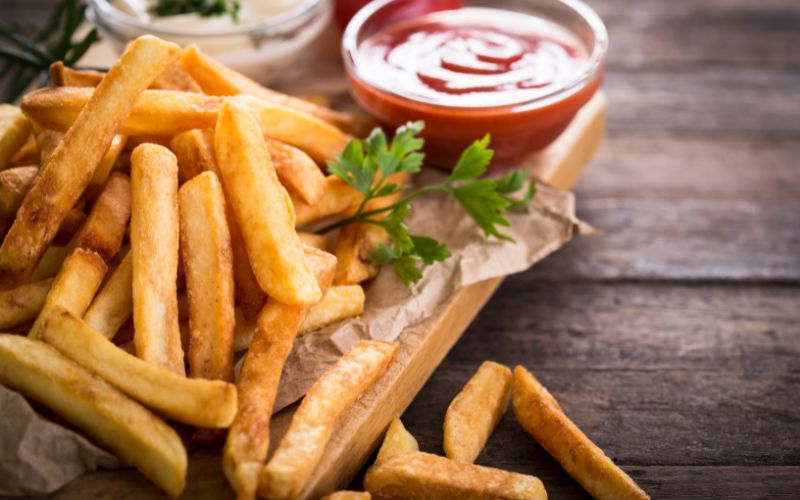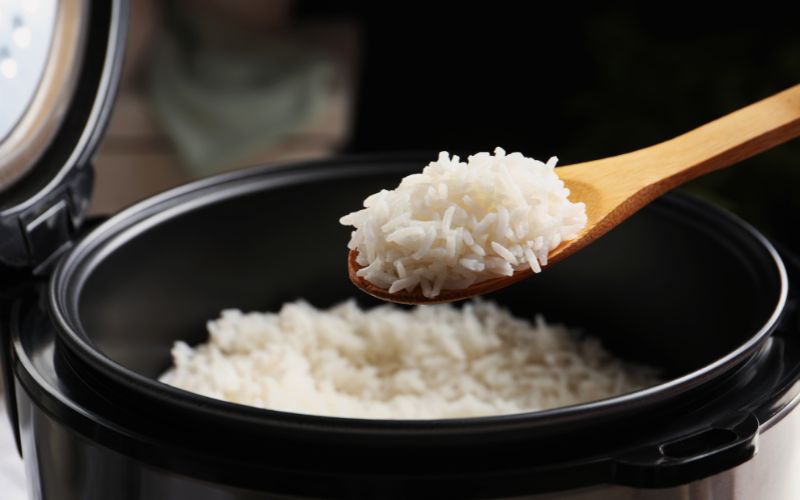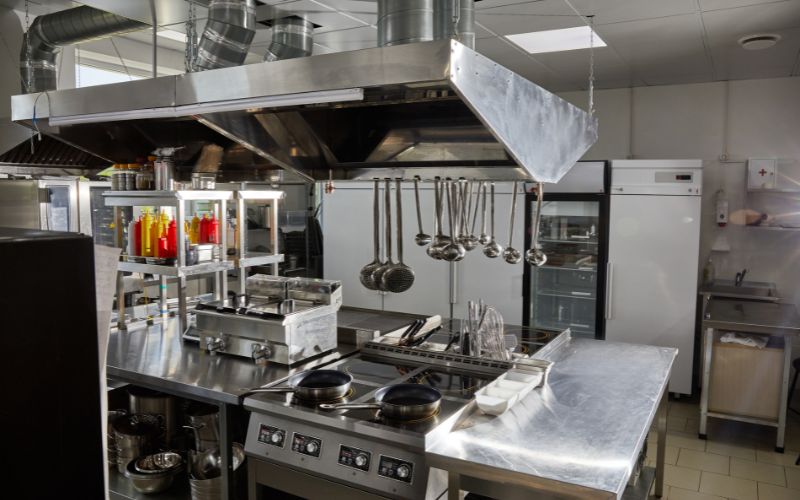Tips for Proper Maintenance and Care of Ceramic Induction Plates
As a caterer or professional chef, you understand the importance of keeping your equipment in top-notch condition to ensure optimal performance and longevity.
By following these simple yet effective maintenance practices, you can extend the lifespan of your ceramic induction plates and continue to deliver culinary excellence.
Understanding Ceramic Induction Plates
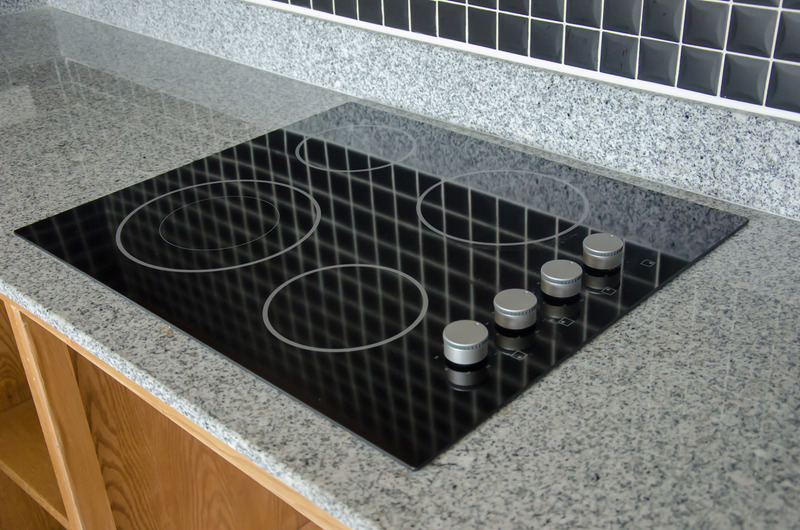

Before we delve into maintenance tips, let's quickly review what makes ceramic induction plates popular in commercial kitchens. These innovative cooktops utilize electromagnetic fields to directly heat the cookware, offering rapid heating and precise temperature control.
In addition, ceramic induction plates are known for their energy efficiency, safety features, and easy cleaning. Now, let's move on to maintaining their pristine condition.
Regular Cleaning
Cleaning your ceramic induction plates regularly is crucial for hygiene and optimal performance. Start by allowing the cooktop to cool down completely before proceeding. Next, gently wipe away spills or food debris using a soft cloth or sponge.
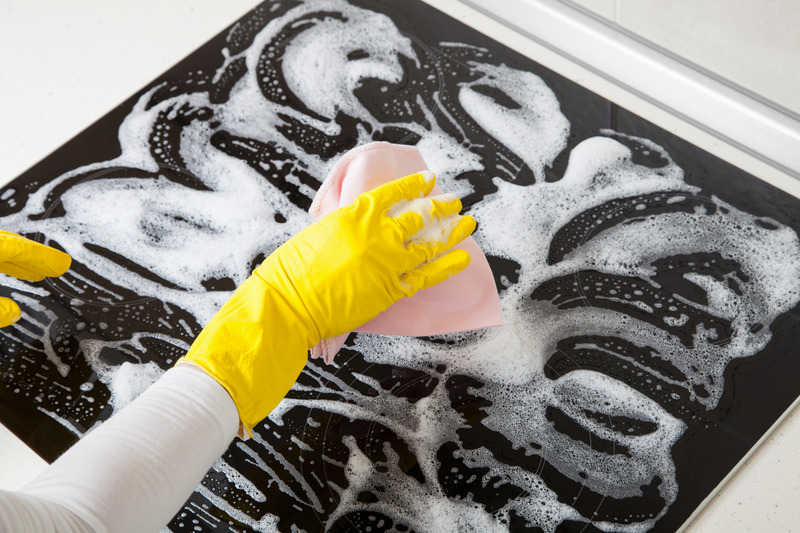

A mild detergent and warm water can be used for stubborn stains. Avoid using abrasive cleaners or scouring pads, as they can cause damage to the surface. Finish by thoroughly drying the cooktop to prevent water spots.
Protecting the Surface
To prevent scratches and damage, it's essential to use cookware compatible with ceramic induction plates. Also, opt for cookware with a flat and smooth base to ensure even heat distribution.
Avoid dragging heavy pots or pans across the surface, which can cause scratches. Additionally, using silicone or rubber pads under your cookware can provide an extra layer of protection and prevent accidental slips or scratches.
Avoiding Thermal Shock
Ceramic induction plates are designed to handle rapid changes in temperature, but extreme temperature variations can still cause damage.
Avoid placing extremely hot cookware directly onto a cold ceramic surface. Instead, let your cookware cool down slightly before placing it on the induction cooktop. This simple practice can prevent cracks or damage to the ceramic surface.
Using Suitable Cleaning Products
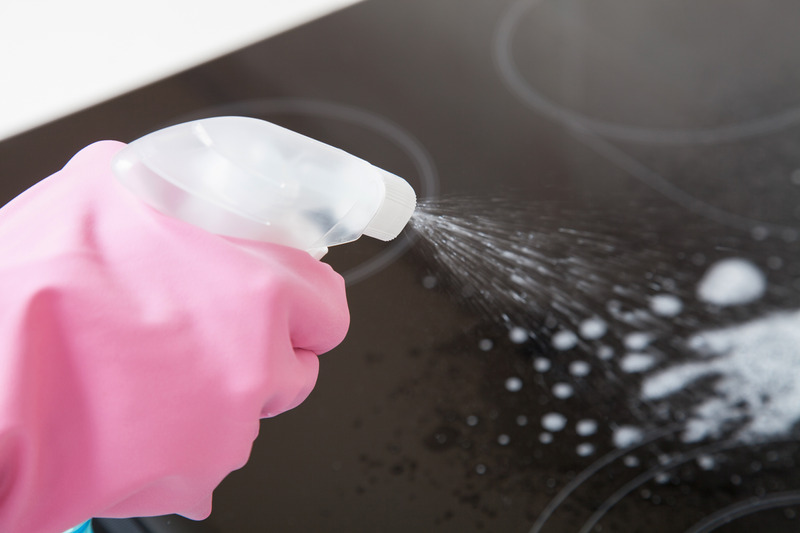

Using the right cleaning products is essential when cleaning your ceramic induction plates. Avoid using abrasive cleaners, as they can scratch or dull the surface. Instead, opt for gentle cleansers designed explicitly for ceramic cooktops.
These cleaners are typically non-abrasive and safe to use on the surface. Always read the manufacturer's instructions and follow their recommendations for cleaning products.
Regular Inspection
Regular inspections of your ceramic induction plates are vital to catch any signs of damage or wear early on.
Check for any cracks, chips, or discolouration on the surface. If you notice any issues, it's essential to address them promptly to prevent further damage. Contact a professional technician or the manufacturer for guidance on repairs or replacements.
Educating Your Staff
Proper ceramic induction plate maintenance requires your kitchen staff's cooperation. Take time to educate your team on correctly handling and cleaning the cooktops. Provide clear instructions and guidelines to ensure everyone understands how to properly use and maintain the equipment.
Encourage open communication and address any concerns or questions promptly.
Conclusion:
By following these valuable tips for maintaining and caring for ceramic induction plates in your commercial kitchen, you can ensure their longevity and optimal performance.
Regular cleaning, surface protection, and avoiding thermal shock are crucial practices to incorporate into your maintenance routine.
Using suitable cleaning products and regular inspections will help quickly catch any issues. Remember, educating your staff about proper maintenance is equally essential for your ceramic induction plates' overall longevity and efficiency. Implement these practices

